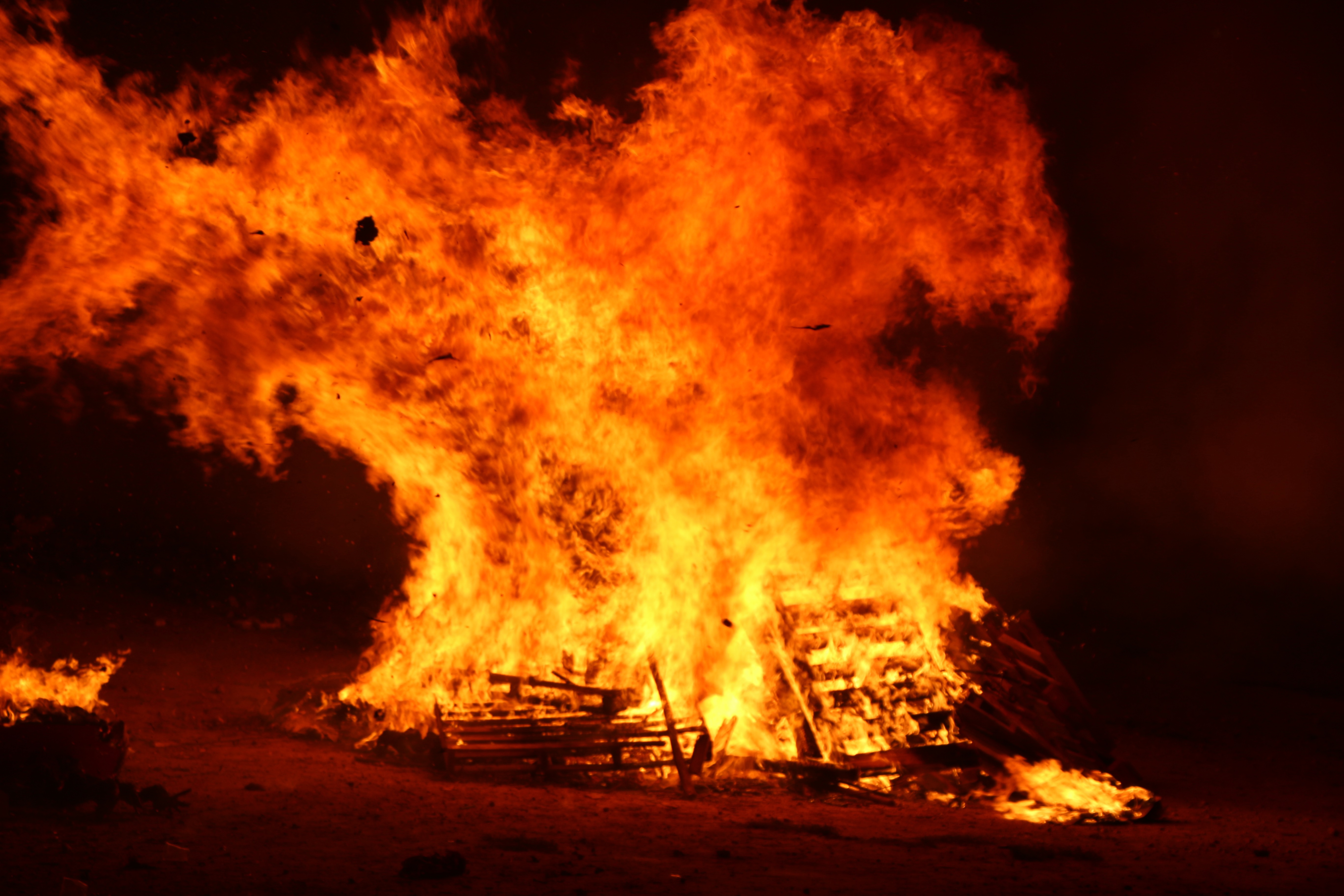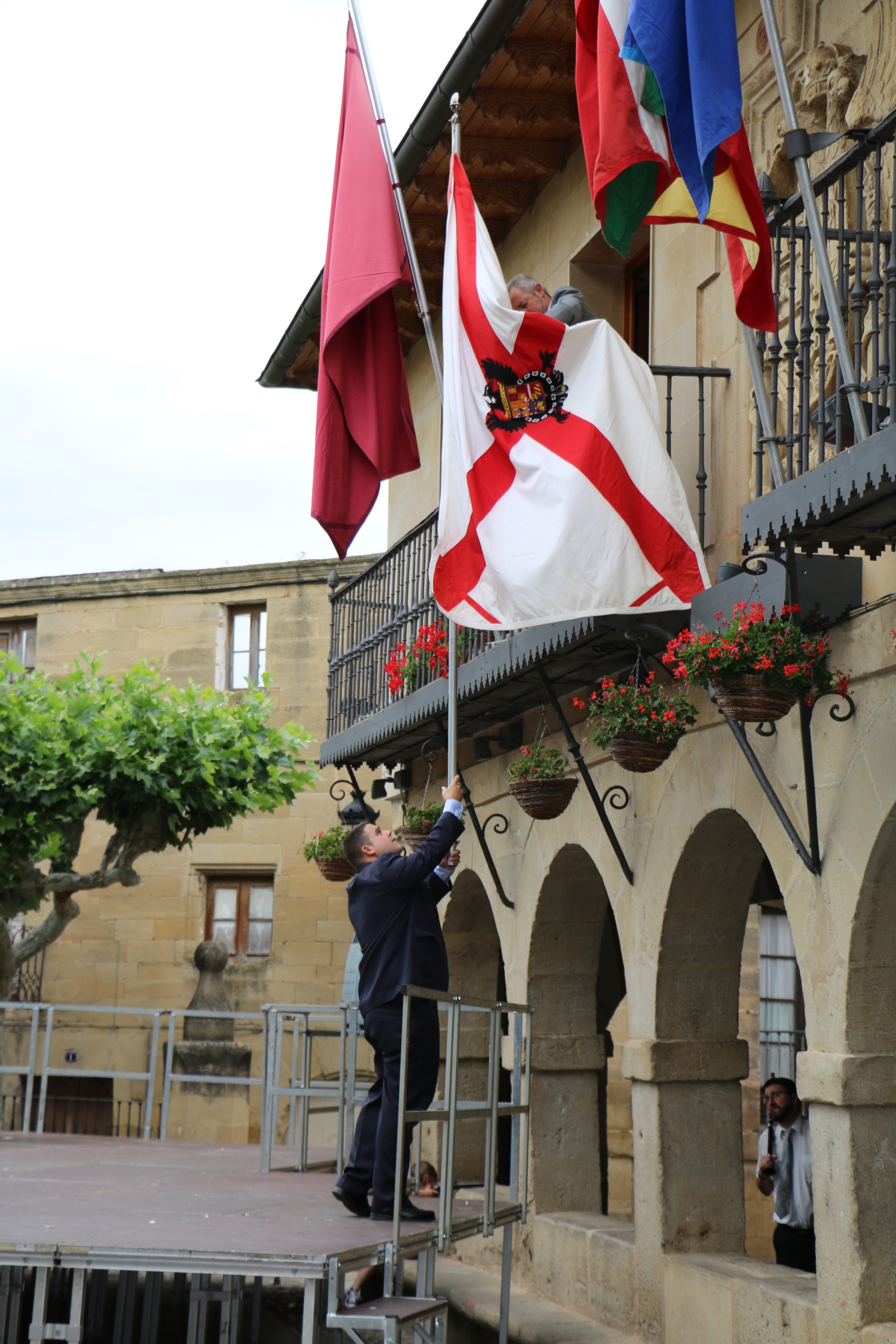Basque ethnography at a glance
I would like to make a reflection and express a point of criticism regarding the stubbornness of some ethnographers to develop complicated interpretations and mythological studies about the origin and meaning of certain festivals and customs. They make assertions that go against all logic and common sense. Refusing to see reality as it is, ancestral origins and esoteric meanings are claimed. They construct picturesque, fictitious and fantastic theories and hypotheses that can only be the result of a lack of good sense and an unreasonable use of works such as The golden bough: a study in magic and religion by J. G. Frazer or Fiestas populares e insólitas [Extraordinary popular celebrations] by Juan G. Atienza.
There is no shortage of examples to draw from. In the localities of Laguardia and Elciego in Álava, for instance, the lowering of the ensign from the balcony of the city hall directly onto the street has been interpreted as an act of sovereignty whereby desecration and defilement of the flags be avoided. Logic tells us it is more practical and simple to take them down from the balcony and hand them to the receiver without bringing them inside the building and down the stairs. The picture would certainly change if instead of being on the first floor, nearly at street level, the flag was on the roof or higher up on the facade of the council headquarters.
Another significant case concerns the traditional lighting of bonfires, known as marchos, on the evening before the celebration of many festivals. The most ingenious and visionary analysts ascribe to them primitive origins and a magical, sometimes fanciful significance. Such fires, it is argued, represent the solstices and are forms of sun worship and purification.
Some bonfires could be given the aforementioned interpretations but not all of them. Their fundamental purpose has stronger links with real needs, which include: to illuminate the festive space and shed light into the darkness of the night in the days when there was no electricity, to help warm the cold winter air, or perhaps simply for people to gather and give in to the fascination of fire and the hypnotic attraction of the flames. Bonfires provided light and warmth, as well as served to cook or roast food and dishes that were shared by the community.
Theorising about the purifying power of fire rituals, Frazer himself wrote in 1890: “In attempting to explain popular customs we should never have recourse to a more recondite idea when a simpler one lies to hand and is supported by the explicit testimony of the people themselves.”
Convoluted, bookish and mythological explanations about the origin and meaning of festivals, I therefore reiterate, must give in to the application of common sense, for the former are more likely to be false and unfortunate with respect to the latter.
The solution might have been given to us years ago by José Miguel de Barandiaran, when he stated the first and foremost goal of ethnographic research is to faithfully collect the data as informants transmit it to us or we observe and experience it. The analysis of the data, I recall he used to ironically point out, was entrusted to more intelligent and smarter people, who would afterwards classify, interpret and label it more wisely.
José Ángel Chasco – Etniker Álava – Etniker Euskalerria Groups
Translated by Jaione Bilbao – Language Department – Labayru Fundazioa



